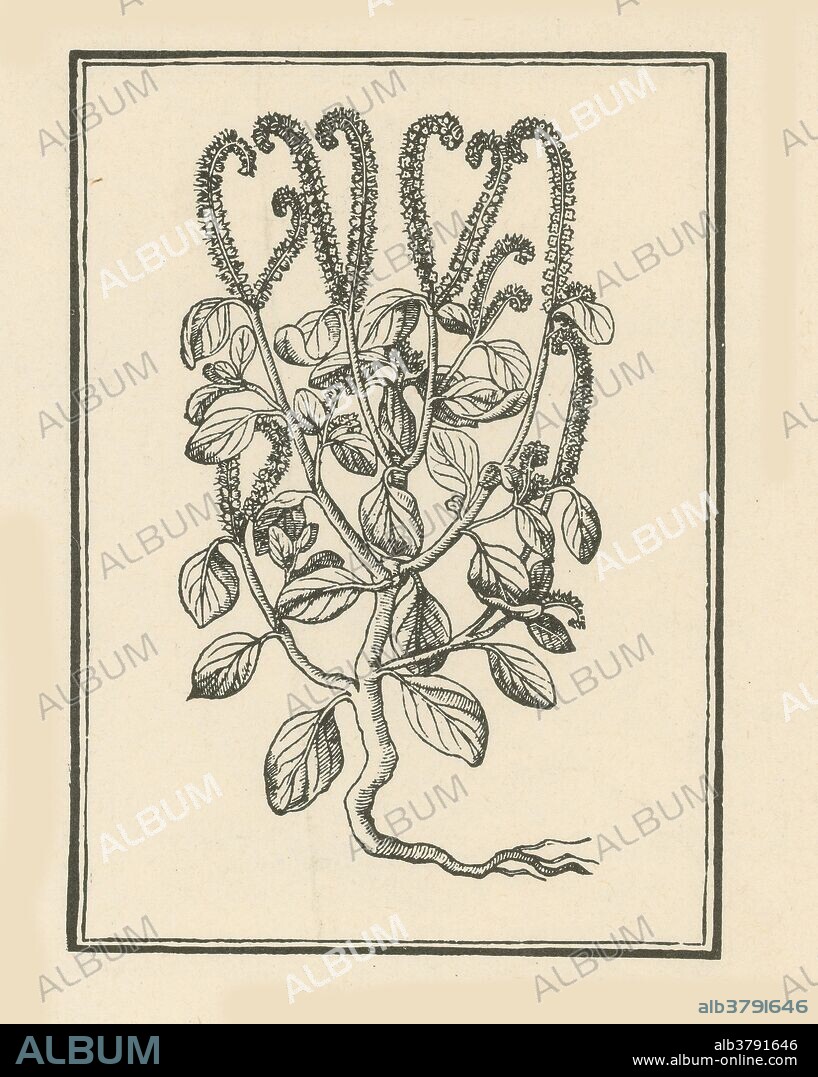alb3791646
HELIOTROP

|
Añadir a otro lightbox |
|
Añadir a otro lightbox |



¿Ya tienes cuenta? Iniciar sesión
¿No tienes cuenta? Regístrate
Compra esta imagen.
Selecciona el uso:

Título:
HELIOTROP
Descripción:
Ver traducción automática
According to Greek mythological legend, Phoebus Apollo, god of the sun, was the lover of the water-nymph, Clytie. When Apollo abandoned her she suffered such grief that she sat on the bank of a river for 9 days and 9 nights, without food, water or sleep, watching Apollo's chariot from dawn to dusk, waiting at night for the sun to rise again. The gods finally took pity on her and changed her into a flower. They named the flower heliotrope--the flower which followed the sun, from the Greek helios-- sun, and tropos, turn. And since that time the heliotrop is considered a symbol of eternal love and admiration.
Crédito:
Album / Science Source / New York Public Library
Autorizaciones:
Modelo: No - Propiedad: No
¿Preguntas relacionadas con los derechos?
¿Preguntas relacionadas con los derechos?
Tamaño imagen:
3262 x 4083 px | 38.1 MB
Tamaño impresión:
27.6 x 34.6 cm | 10.9 x 13.6 in (300 dpi)
Palabras clave:
BOTANICA • DIBUJO • FLOR • FLORAL • FLORES SILVESTRES • FLORES • FLORICULTURA • FLOWERS • HELIOTROPO • HIERBA • HIERBAS • ILUSTRACION • MITO • MITOLOGIA GRIEGA • MITOLOGIA • PLANTA • PLANTAE • PLANTAS • PLANTS
 Pinterest
Pinterest Twitter
Twitter Facebook
Facebook Copiar enlace
Copiar enlace Email
Email
